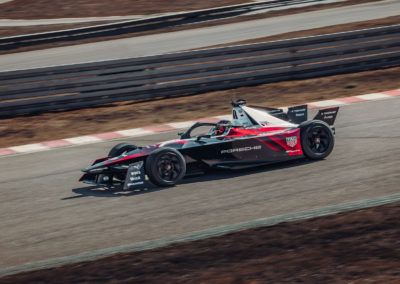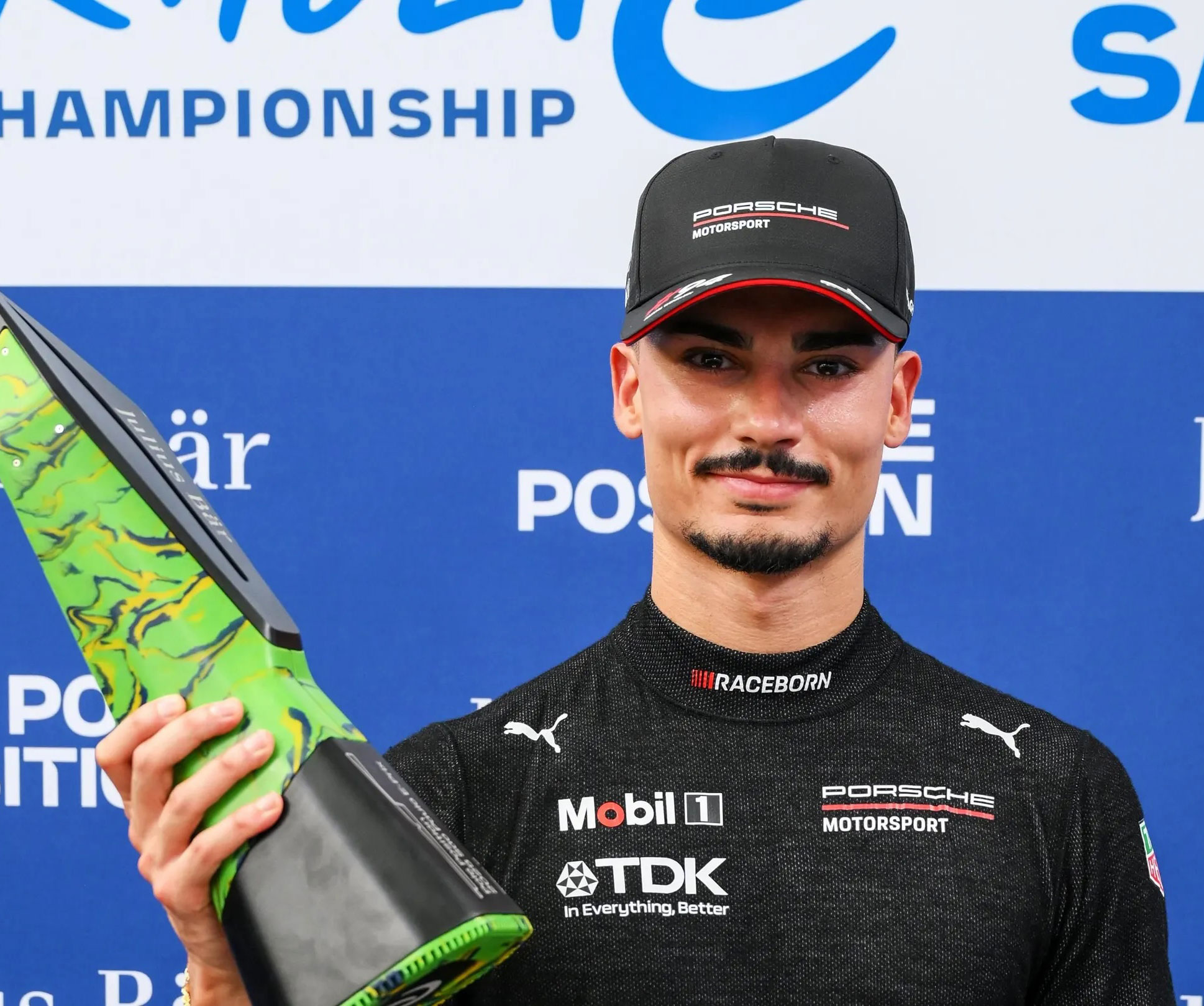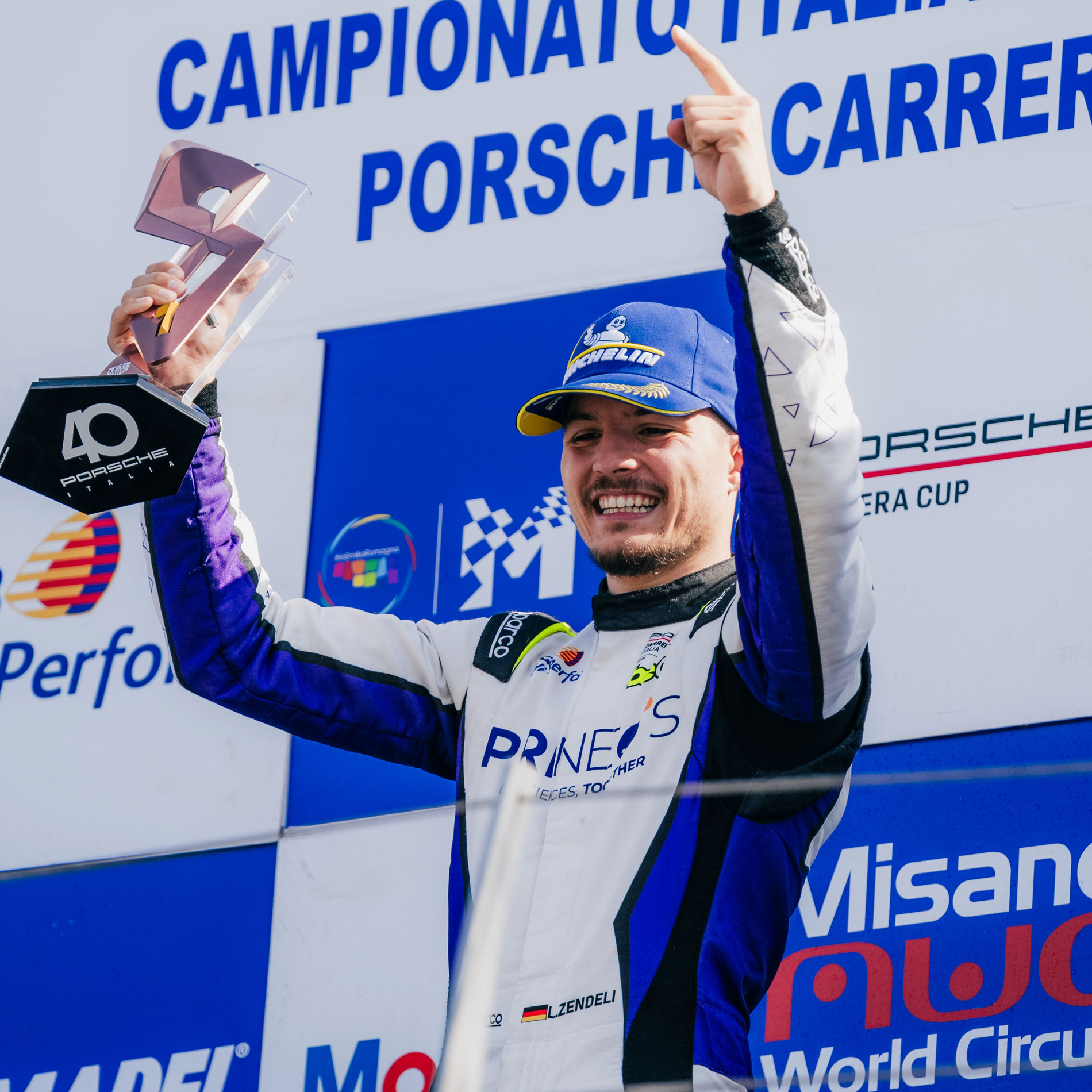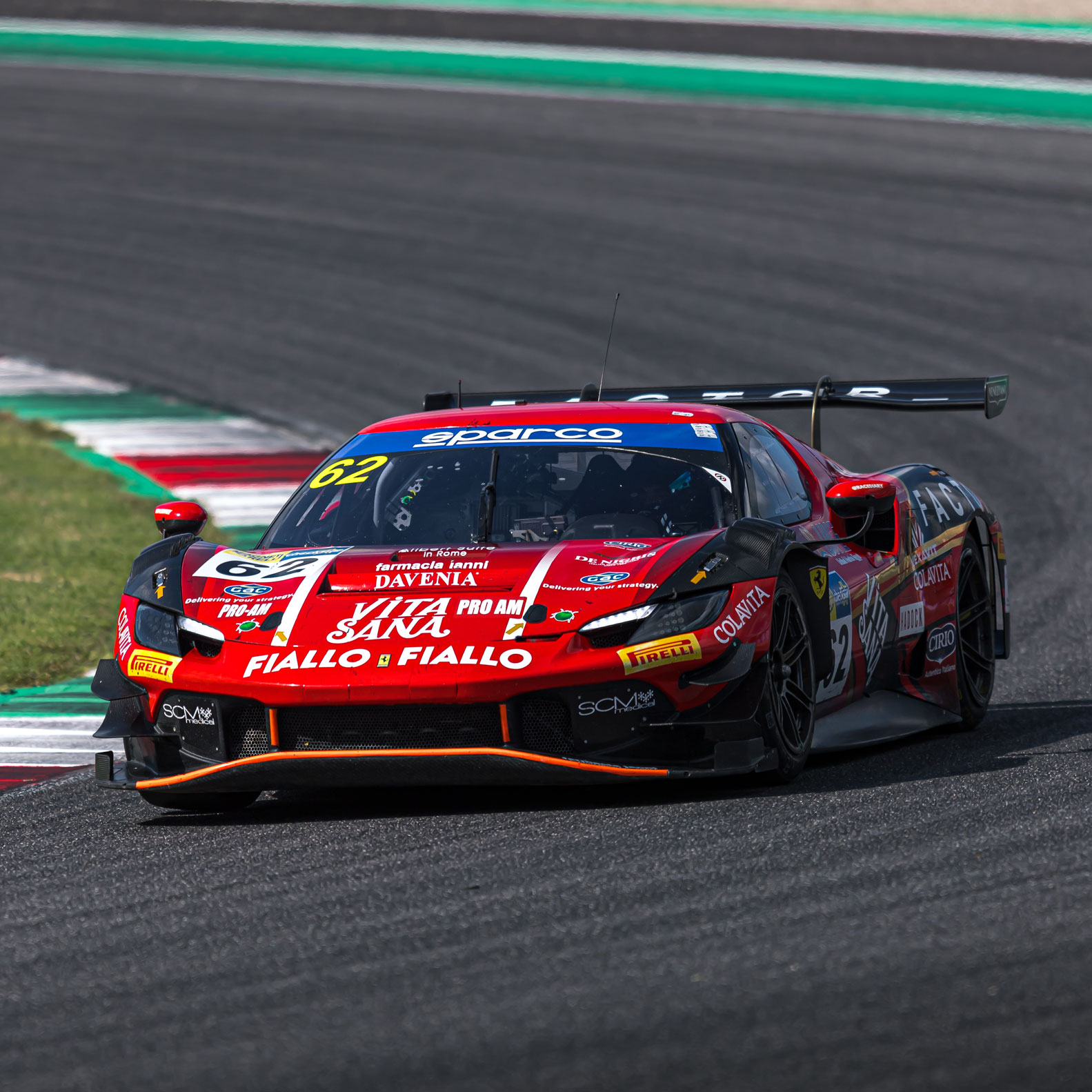MIM driver launches Gen 3 Porsche 99X Formula E car: “We’ve already made great progress“
Monaco Increase driver Pascal Wehrlein is back to work in his ‘office’. This week, the 28-years-old German-Mauritian sat at the controls of his new Formula E challenger as the Generation 3 Porsche 99X Formula E car was presented in Franciacorta, Italy. Pascal had already given the prototype car a shakedown at the Weissach facility test track and this time he was able to sample the progress made on the project ahead of the testing session scheduled for mid-December at the Valencia circuit.
“We’re experiencing exciting times as a team at the moment“, Wehrlein said. “During the tests with our new car, I had a good feeling right from the start. We gained a lot of insights and made great progress. At the very beginning, it was about getting the car running, but very quickly it became just as much about performance. And, of course, efficiency, which will also be a key to success with the new generation of cars. These were incredibly exciting experiences for me. We still have some time before the season starts. We’ll use that to become better acquainted with the Porsche 99X Electric Gen3 and put the puzzle pieces together so that we’re optimally prepared for the start of the season-opening race in Mexico.”
The Gen 3 Formula E cars mark a significant improvement over the previous Generation 2 in terms of both performance and efficiency. The maximum power output increases from 250 to 350 kW (476 hp). The powertrain, developed in-house by Porsche Motorsport , delivers a maximum drive power of 350 kW on the rear axle – 100 kW more than the generation 2 car, enabling these wedge-shaped single-seater cars to reach top speeds well over 300 Kph. The new front powertrain adds 250 kW to the 350 kW at the rear, resulting in energy recovery with an output of up to 600 kW – more than double the regenerative capability of the Gen2 vehicles. Additional fraction brake is controlled by a brake-by-wire unit. The electric motor achieves about 95 percent power efficiency compared to around 40 percent for an internal combustion engine. Over 40 percent of the energy used is recuperated via regenerative braking. The new ultra-high-speed charging capacity of the Gen3 vehicles should add around 600kW of energy during the race. On top of that, a great effort has been devoted to sustainability. The battery cells in the new Gen3 cars are made from sustainably sourced minerals. After every race season, the battery cells should be reused or recycled. For the construction of the carbon fibre bodywork, the manufacturer states that recycled carbon fibre is used from retired Gen2 vehicles. This should reduce the carbon footprint of production by more than ten percent. Pascal and his new team-mate Antonio Felix da Costa can’t wait for the season to start!






